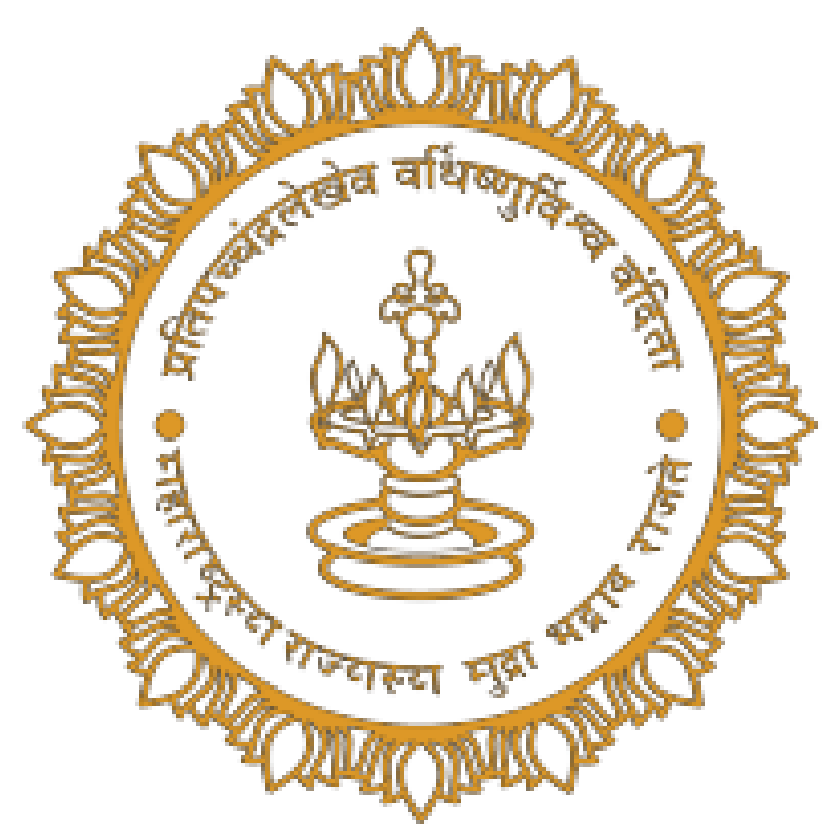Monuments and Sites
Monument in a historical and general sense of the term can be defined as a building, structure, or site/s that is of historical importance or interest. Archaeologically the definition of monuments goes beyond this depending on the nature of the remains. In Indian context, as per the Ancient Monuments and Archaeological Sites and Remains Act, 1958 ‘Ancient Monument ’ is defined as follows:-
Ancient Monument: means any structure, erection or monument, or any tumulus or place of interment, or any cave, rock-sculpture, inscription or monolith which is of historical, archaeological or artistic interest and which has been in existence for not less than 100 years and includes—
1. Remains of an ancient monument.
2. Site of an ancient monument.
3. Such portion of land adjoining the site of an ancient monument as may be required for fencing or covering in or otherwise preserving such monument.
4. The means of access to, and convenient inspection of, an ancient monument.
The section 2(d) of this act defines archaeological site and remains as follows:
Archaeological site and remains means any area which contains or is reasonably believed to contain ruins or relics of historical or archaeological importance which have been in existence for not less than one hundred years, and includes—
Such portion of land adjoining the area as may be required for fencing or covering in or otherwise preserving it and the means of access to, and convenient inspection of the area.
The Directorate of Archaeology and Museums, Government of Maharashtra, has 376 monuments under its jurisdiction.


 Youtube
Youtube